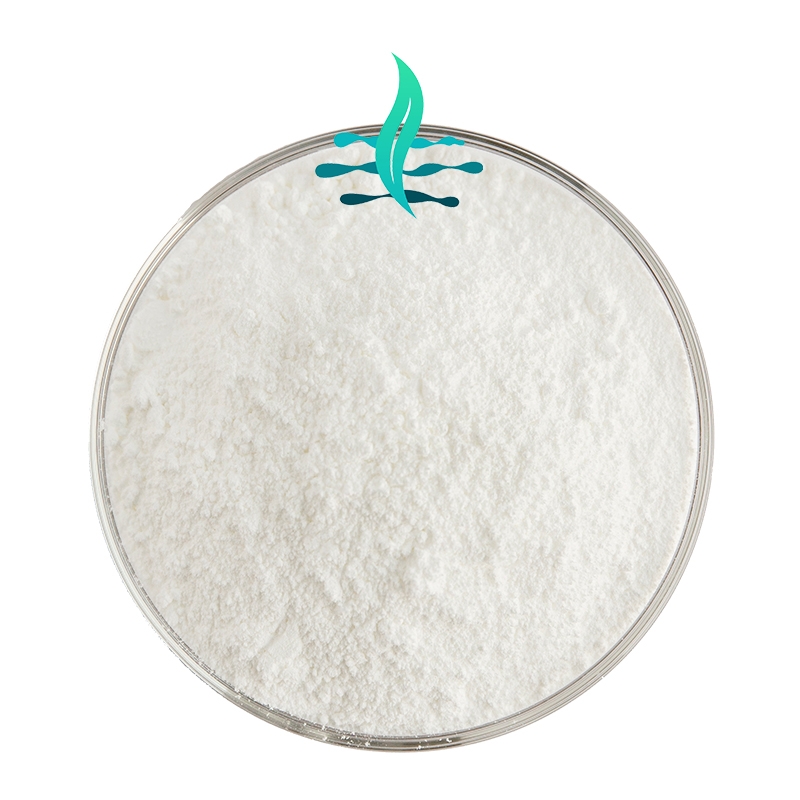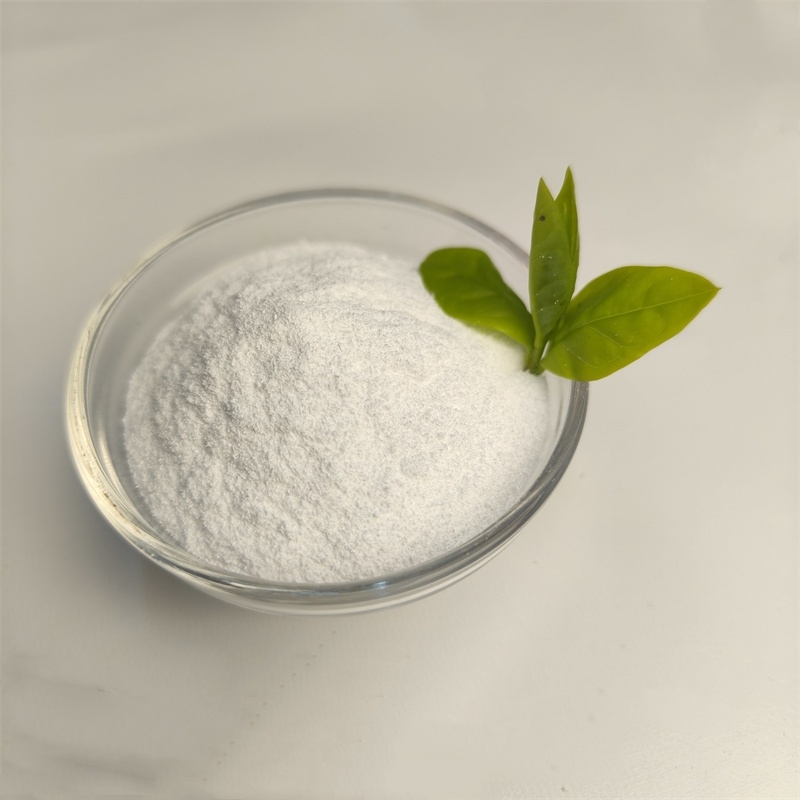-
Categories
-
Pharmaceutical Intermediates
-
Active Pharmaceutical Ingredients
-
Food Additives
- Industrial Coatings
- Agrochemicals
- Dyes and Pigments
- Surfactant
- Flavors and Fragrances
- Chemical Reagents
- Catalyst and Auxiliary
- Natural Products
- Inorganic Chemistry
-
Organic Chemistry
-
Biochemical Engineering
- Analytical Chemistry
-
Cosmetic Ingredient
- Water Treatment Chemical
-
Pharmaceutical Intermediates
Promotion
ECHEMI Mall
Wholesale
Weekly Price
Exhibition
News
-
Trade Service
chestnuts were
important cash crops
the eastern United States until the 1920s and 2000s. Unlike Chinese chestnuts, it is extremely tall, can grow up to
30
meters high and can reach
3
meters in diameter. Moreover, it grows extremely rapidly and can blossom in a few years. Although it grows quickly, its wood is still hard and can be used to make furniture, floors, houses, and so on. What's more, it's rich in channing, has natural corrosion protection, and can be used in fences and railway pillows without chemical treatment. In addition to providing wood, chestnuts themselves are also high-quality food. Bark can also be used to extract chanel as an important raw material for the leather industry. Leaves, on the other, can also be used as feed to feed cattle and sheep.economic value, it has a critical impact on ecosystems in the eastern United States. It is not affected by frost and has great vitality. Many animals in the forest also feed on their leaves, while squirrels and so on, chestnuts as the "main food." At the time, about
800,
square kilometers of forest were dominated by chestnuts., however, this "powerful" is vulnerable to chestnut disease.
1904
the disease, which destroyed chestnut trees, was discovered in New York. It is caused by a fungus. The fungus is not Native American and may have been brought to the United States by Japanese chestnut seedlings. It is transmitted in spores through air, raindrops and animals. If a chestnut tree is freshly damaged, the pathogen is multiplied. When it spreads to the bark, the tube formation layer at the bottom of the bark, and the wood, it causes the tissue to die, blocking the flow of water and other nutrients. In the end, the whole tree died.the cause was discovered, humans were helpless, and chestnut trees had to sit back and wait to die. Over the
50 years
, chestnut disease killedbillion chestnut trees, and American chestnuts were almost wiped out. Oaks fill the space left by chestnut tree collapses, but they really can't take responsibility for chestnut trees - although oak trees are good, they don't produce chestnut-like food, and their contribution to the ecosystem is no substitute for chestnut trees. For example, the number of squirrels in the forest has dropped significantly, and
5
species are dying out.the decades that followed, the American people could only watch the once-glorious chestnut trees fade.
1983
, some people who missed chestnut glory set up the American Chestnut Foundation to save the sterilized species. The group has more
,
,000 members, from retired scientists to farmers. They have
486
orchards and 1
2 million
of experimental trees. Herbad, the chief scientist, has bred thousands of hybrid chestnuts on farms in Virginia, hoping to find varieties that can fight the disease. Chinese chestnut trees are small and woody enough to fight chestnut disease. Hybridization of American chestnuts with Chinese chestnuts can result in a variety of
50%
Chinese and American ancestry. It is disease-resistant, but other aspects of the characteristics are not satisfactory. Then hybridize such hybrids with American varieties, and get
75%
of American descent,
25%
of Chinese hybrids. After more than a decade of efforts, he was given a hybrid of
94%
American descent,
6%
Chinese ancestry. The species is as tall as its American ancestors, but has genes of Asian descent that fight chestnut disease. However, the species is more demonic and can only grow in Virginia, which is of limited value for saving chestnuts in the eastern United States.There are also attempts by researchers to attack chestnuts with fungal viruses. The virus needs to spread effectively in similar fungi. For the European chestnut disease, it shows a better ability to spread. However, the United States chestnut disease variety, the virus is not enough.-GMO technology provides a solution to the difficulties encountered in hybridization and virus attacks. A virologist at the University of Maryland named Donus has developed genetically modified technology to spread the plant virus by developing highly capable fungi. Other scientists went straight to the Chestnut Tree in the United States to develop genes that fight chestnut disease. Genes to fight chestnut disease have been found in Chinese chestnuts, wheat, peppers and grapes. Bill Powell, a plant physiologist at the State University of New York, and Chuck Maynard, a forest biologist,
600
genetically modified chestnut trees. A variety of oxalic acid oxidase genes transferred to wheat showed the ability to fight chestnut disease. If the disease-resistant genetically modified chestnuts are approved, it would be the first genetically modified tree to be allowed to be planted in nature., the "GMO" controversy is so intense that scientists working to save chestnuts are reluctant to get caught up in the controversy. They chose technology to avoid bickering, in an effort to turn to the Chinese chestnut gene to achieve disease resistance. Because the gene transferred to another chestnut is similar to the "lucky variety" that is obtained by repeated hybrid screening. They expect GM crops that do not move to "exgengenic genes" to be accepted by more opponents.now, researchers believe that saving American chestnuts requires a combination of technologies -- a combination of virus attacks and antibacterial attacks on tree species that have a much greater chance of success. Fungal vectors of viruses can be improved by genetically modified techniques, while antibacterial tree species can be achieved by hybridization, genetically modified or a combination of both.to avoid pressing the gourd, scientists now want to fight other diseases, such as root decay and a variety of insects, in addition to thinking about solving chestnut diseases. And this kind of thinking, for other species also has great reference significance. Oak trees in the United States and Britain, for example, are affected by Dutch oak disease, while British seven-leaf trees are also facing the condition of American chestnuts, their enemies are bacteria and moths.







